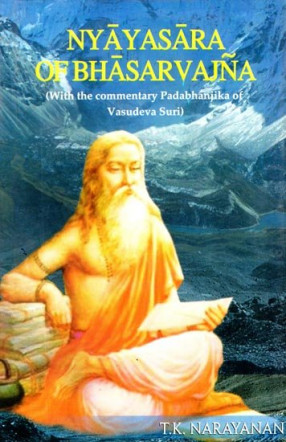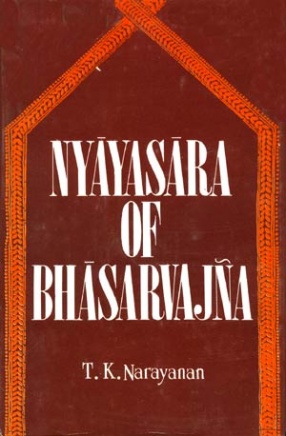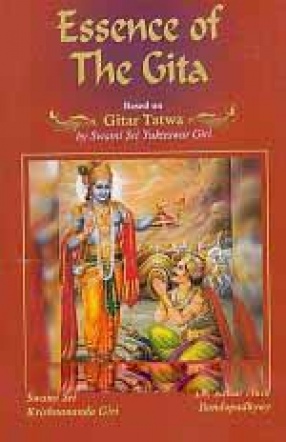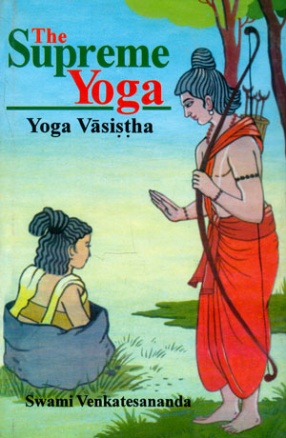Nyayasasra of Bhasarvajna (With the Commentary Padabhanika of Vasudeva Suri)
Jainism and Buddhism exercised, for several centuries, a potent influence on the system of philosophy and culture of Brahmanas. In the Deccan, the decline of Buddhism commenced in the 6th century AD, while in North India the Buddhists became almost extinct by 1200 AD. The Brahmanas who survived them, took back into their folds some of their members who had embraced Budhism and Jainism. The treatises on logic, which were composed by them, borrowed their forms from the works of medieval school, while for their subject matter they went back to the works of ancient schools. The works so composed in this period were technically called "Prakarnas" or manuals of logic. Bhasar vajna, the celebrated author of Nyayasara, who flourished about 950 AD was one of the earliest writers representing the Medieval school of Indian Logic. He was the first writers who attempted to reduce the sixteen categories to one. His well known logical treatise "Nyayasara’ or "the Essence of Logic" follows the method current in his time and treats only of pramanas which is divided into three kinds: perception (pratyaksa) inference (Anumana) and verbal testimony (Agama). This three-fold division of Pramana furnished a contrast to Aksapada who recognized a fourth kind named comparison. This position has brought Bhasarvajna close to the Samkhya and Jainas. A detailed study of the text bringing out its special characteristics and estimating its contribution to Nyaya Philosophy has not so far been done. The present work is an attempt in this direction. The commentary of Vasudeva Suri is also appended to the text.
Get it now and save 10%
BECOME A MEMBER








Bibliographic information